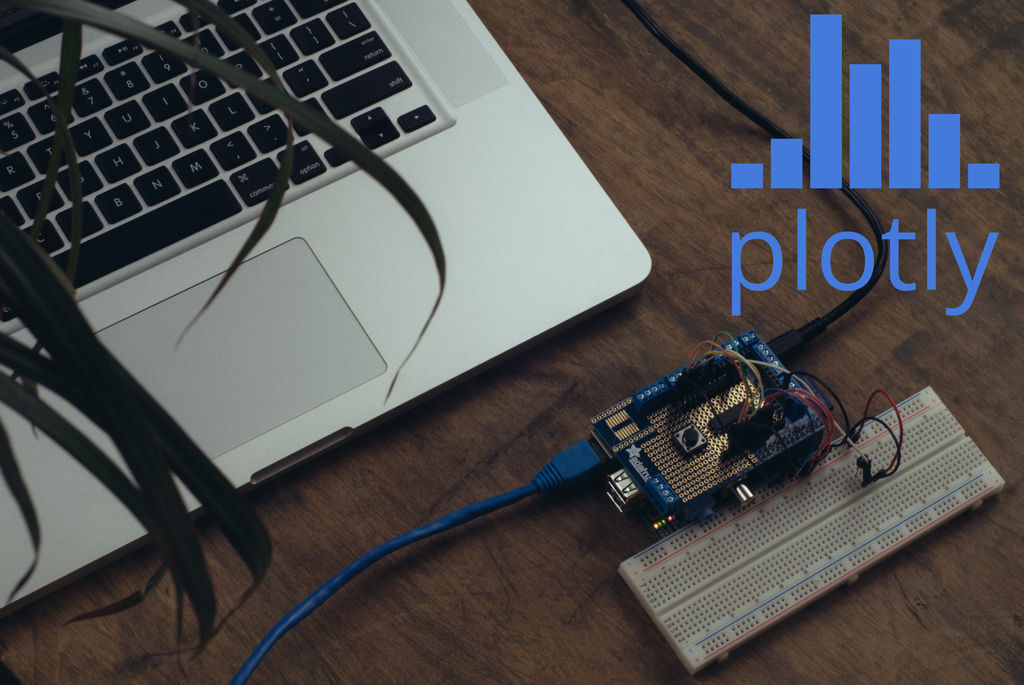This is an example of a streaming graph: http://plot.ly/~streaming-demos/6/
Here is an example of how to hook up a TMP36 Temperature Sensor to your Pi!
First, install the required modules and dependencies:
sudo apt-get install python-dev
wget https://bitbucket.org/pypa/setuptools/raw/bootstrap/ez_setup.py -O - | sudo python
sudo easy_install -U distribute
sudo apt-get install python-pip
sudo pip install rpi.gpio
sudo pip install plotlyCreate your sensor reading script, and start importing some modules in it!
import plotly.plotly as py # plotly library
from plotly.graph_objs import Scatter, Layout, Figure # plotly graph objects
import time # timer functions
import readadc # helper functions to read ADC from the Raspberry PiMake sure to update the credentials in the script with your own!
username = 'your_plotly_username'
api_key = 'your_api_key'
stream_token = 'your_stream_token'If you don't know your credentials :
Sign up to plotly here: https://plot.ly/ssu View your API key and streaming tokens here: https://plot.ly/settings
Initialize a Plotly Object
py.sign_in(username, api_key)Initialize your graph (not streaming yet)
trace1 = Scatter(
x=[],
y=[],
stream=dict(
token=stream_token,
maxpoints=200
)
)
layout = Layout(
title='Raspberry Pi Streaming Sensor Data'
)
fig = Figure(data=[trace1], layout=layout)
print py.plot(fig, filename='Raspberry Pi Streaming Example Values')Specify the connected channel for your sensor
sensor_pin = 0Initialize the GPIO
readadc.initialize()Initialize the Plotly Streaming Object
stream = py.Stream(stream_token)
stream.open()Start looping and streamin'!
while True:
sensor_data = readadc.readadc(sensor_pin, readadc.PINS.SPICLK, readadc.PINS.SPIMOSI, readadc.PINS.SPIMISO, readadc.PINS.SPICS)
stream.write({'x': datetime.datetime.now(), 'y': sensor_data})
time.sleep(0.1) # delay between stream postsYour graph will be visible in your plotly account (https://plot.ly/plot) and at your_graph_url, the value assigned by the py.plot call above.
Questions? Suggestions? Something not look right? Get in touch!
